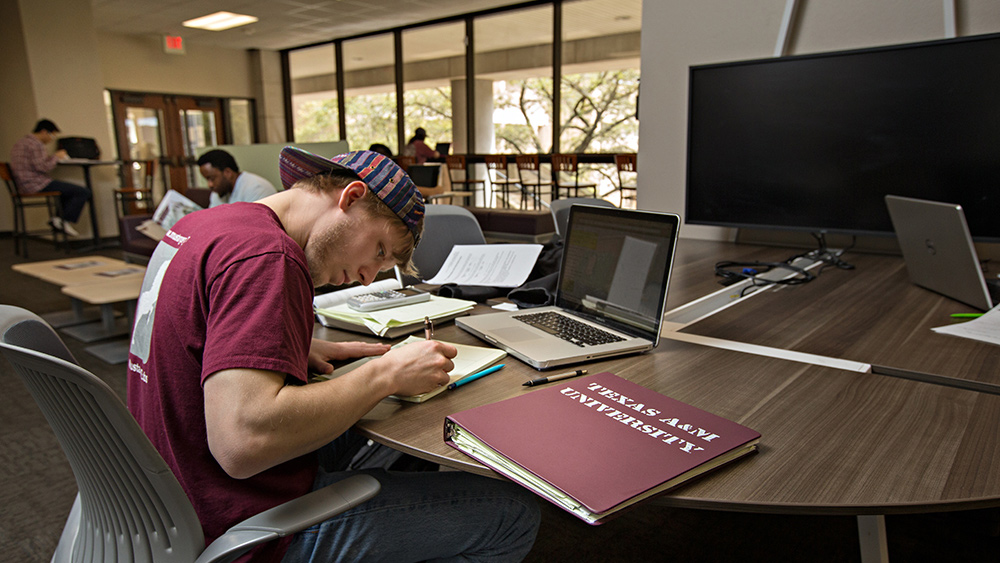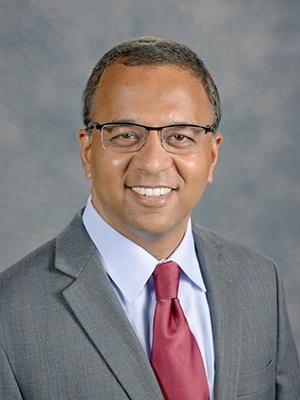
After nearly three decades working in industry, Dr. Swaminathan Gopalswamy is now rewarded each semester with the satisfaction of watching students grow as they learn new concepts he teaches.
Gopalswamy joined the J. Mike Walker '66 Department of Mechanical Engineering at Texas A&M University as a professor of practice in early 2018 after spending 25 years working in the automotive industry.
He currently teaches the Dynamics and Controls (MEEN 364) course where students learn about mathematical modeling, analysis, measurement and control of dynamic systems, as well as an introduction to feedback control, time and frequency domain analysis of control systems, stability, proportional–integral–derivative (PID) control and root locus.

Throughout the semester, Gopalswamy works to ensure his students come to master the principles of the course, but also walk away with an understanding of why what they are learning is valuable and how it applies to real-world problems – an approach his industry background helps him appreciate.
"I approach the classroom as a part of a larger learning process that includes reading the text and lecture notes, solving homework problems and performing lab exercises," Gopalswamy said. "I see my role as helping the students appreciate what they are learning and want to learn more."
Ultimately, Gopalswamy's goal is for his students to be able to walk away having learned how to use their skills to resolve new challenges they are sure to face after graduation.
"Coming from the industry, I have become highly sensitized to the idea that engineering education should be about learning in order to solve real-world issues," Gopalswamy said. "Therefore, my teaching and interaction with students have been to move them to be problem solvers, understanding why they are learning something so they can apply their learning to solve problems that they have never been exposed to before."